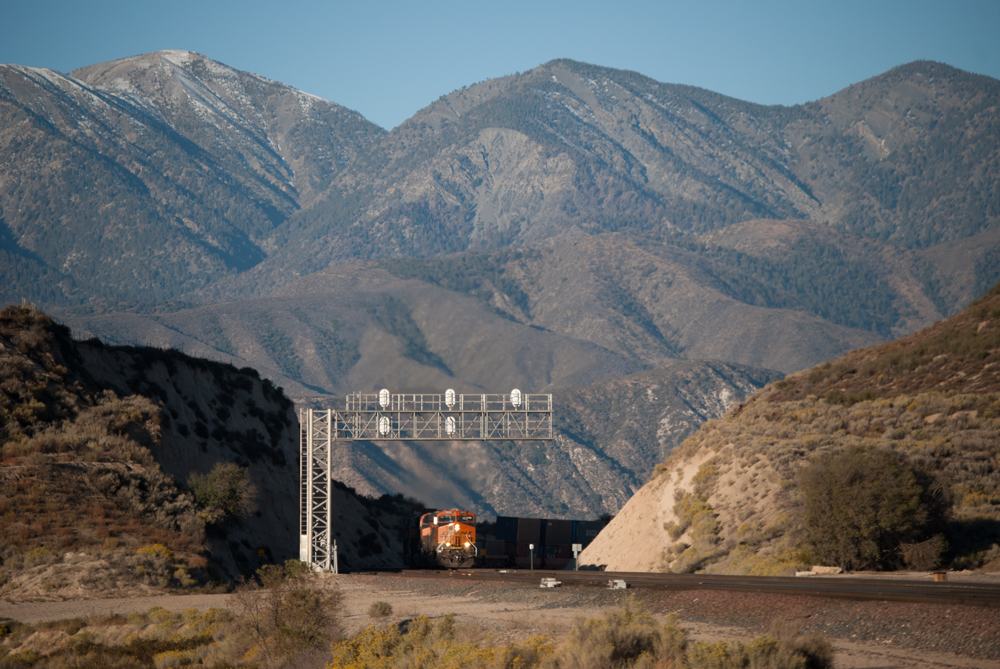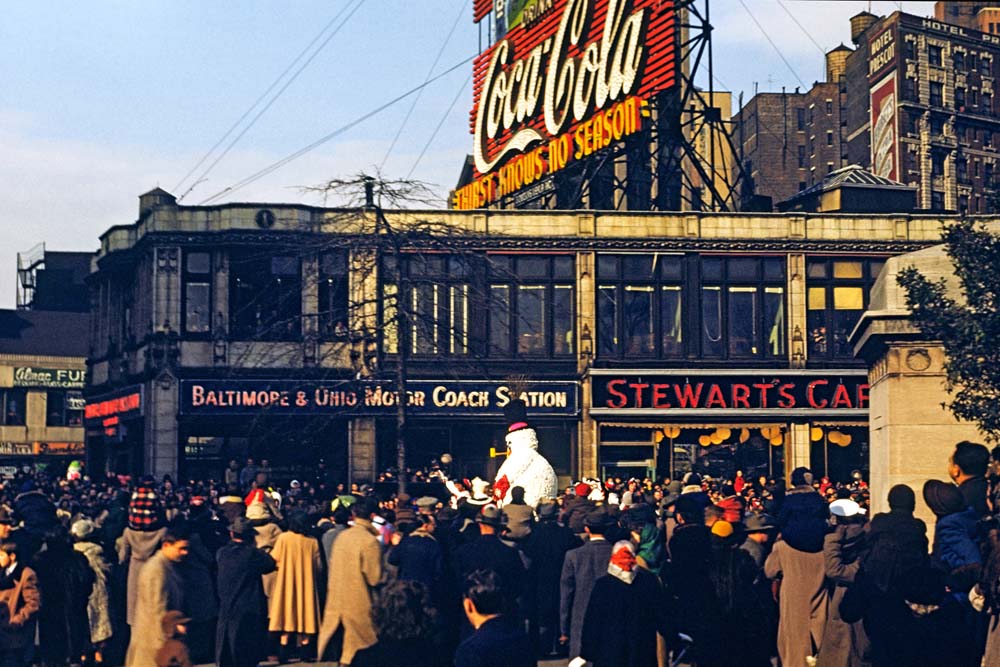The dynamics of dynamic braking

A half-century ago, when diesel locomotives were replacing steam engines, a revolutionary breakthrough — dynamic braking — was making freight operations safer and more efficient.
Dynamic braking is the method of train braking whereby the kinetic energy of a moving train is used to generate electric current at the locomotive traction motors.
It works like this: While the train is coasting, the engineer, using an eight-notch controller similar to the throttle, energizes the traction-motor fields, causing the motors to act as generators. The resistance of the motor field acts as a brake on the locomotive, which in turn helps to slow the train. The electric current generated by the motors in the dynamic-braking mode is a waste product and is dissipated as heat in banks of resistors located in the locomotive carbody.
It’s not a substitute for train air brakes (electronically controlled or otherwise), but a supplementary system that provides an additional means of train-speed control.
Initially, dynamic braking was seen mainly as a tool for mountainous territory, where freight-car wheels and brakeshoes were prone to overheating on long downgrades. Diesel locomotives for trains operating in level territory, relatively light trains like passenger trains, and slow-movers like yard engines, did not have dynamic braking. Large railroads like the Pennsylvania and Santa Fe would specify dynamic braking for diesels intended for use in mountain districts, and acquire units without “dynamics” for flat country. Substantially level railroads like Soo Line and Florida East Coast would eschew dynamics altogether.
Eventually, the desire for greater flexibility in locomotive assignment, as well as improvements like extended-range dynamic braking, which is effective at speeds as low as 6 mph (the “extension” is in speed), led to the adoption of dynamics as standard equipment for nearly all new diesels, freight and passenger. Though most diesels built recently have been big, road-haul units with dynamic braking, many older, non-“d.b.” units are in service on locals and in yards.
While dynamic braking is used to control train speed all over the railroad network, it is still of vital importance in areas with heavy grades. In steam days, helper locomotives would cut off a train at the top of a grade. Today, diesels use their tractive effort to help move a train up one side of a hill, and dynamic braking to ease it down the other side. Indeed, in some spots like Cajon Pass in California, rules are in place to prevent a train from starting downgrade unless it has a specified number of units with functioning dynamic brakes.
The only external evidence of dynamics is the presence of grilles covering the resistor grids. These are found at the rear of the long hood under the radiator overhangs on General Electric units, and directly behind the cab just below the top of the long hood on newer General Motors products. Until the advent of the SD50 model in 1981, the dynamic braking resistors of GM locomotives were located in the middle of the long hood directly above the diesel engine in a pronounced bulge or blister topped by one or two cooling fans on the roof.
The use of dynamic braking is audible to the trackside observer in the form of a humming or whining sound that’s quite distinct from the noise made by the diesel engine operating under load.
Dynamic braking’s ancestor was regenerative braking, a feature found in some electric locomotives Regenerative braking was similar to dynamic braking in that wear and tear on wheels and brake shoes was reduced, and train-control was enhanced, but it was different in one important way: the power generated by the motors was not wasted by being dissipated as heat. Instead, the power was returned to the overhead distribution system With their motors functioning as generators, locomotives on downgrade trains could literally provide power to other trains going uphill.
The electrical characteristics of modern, rectifier electric locomotives and multiple-unit cars do not permit the return of power to the distribution system. Such rolling stock is equipped for simple dynamic braking.
A newer invention, electronically controlled pneumatic braking, may revolutionize train-handling in the decades to come.













